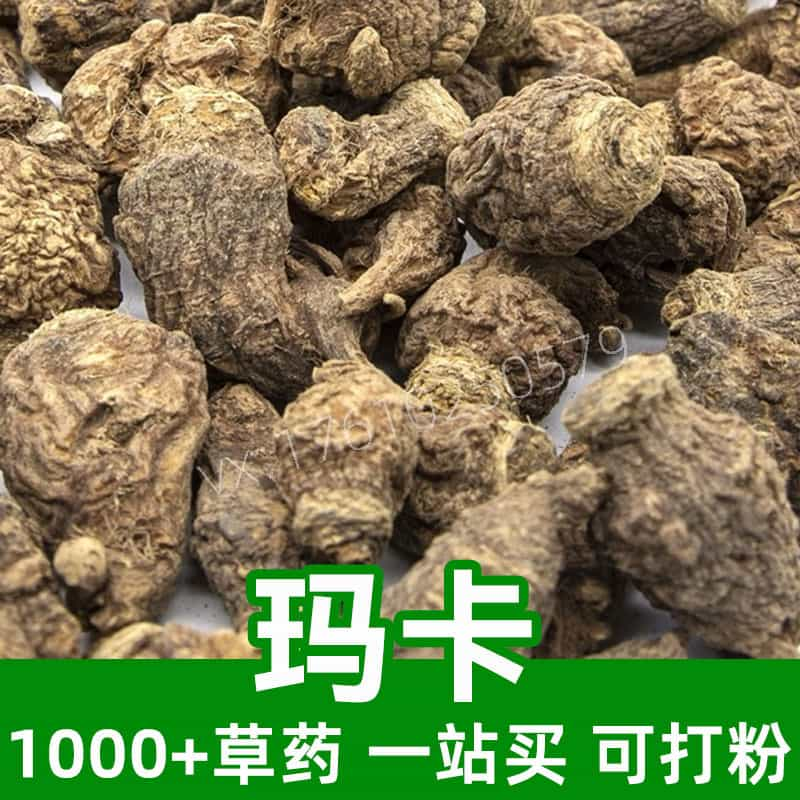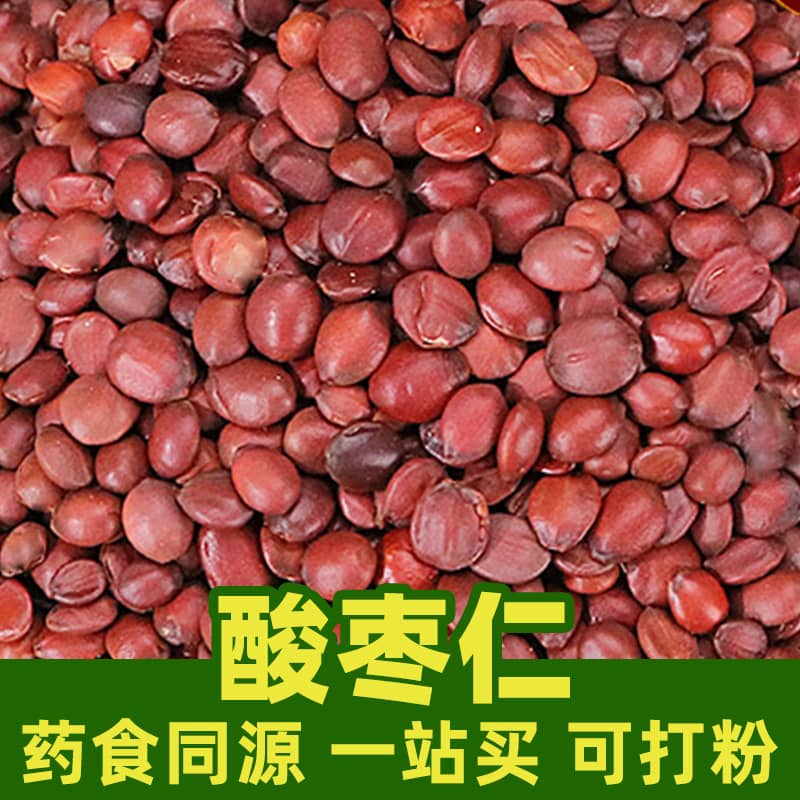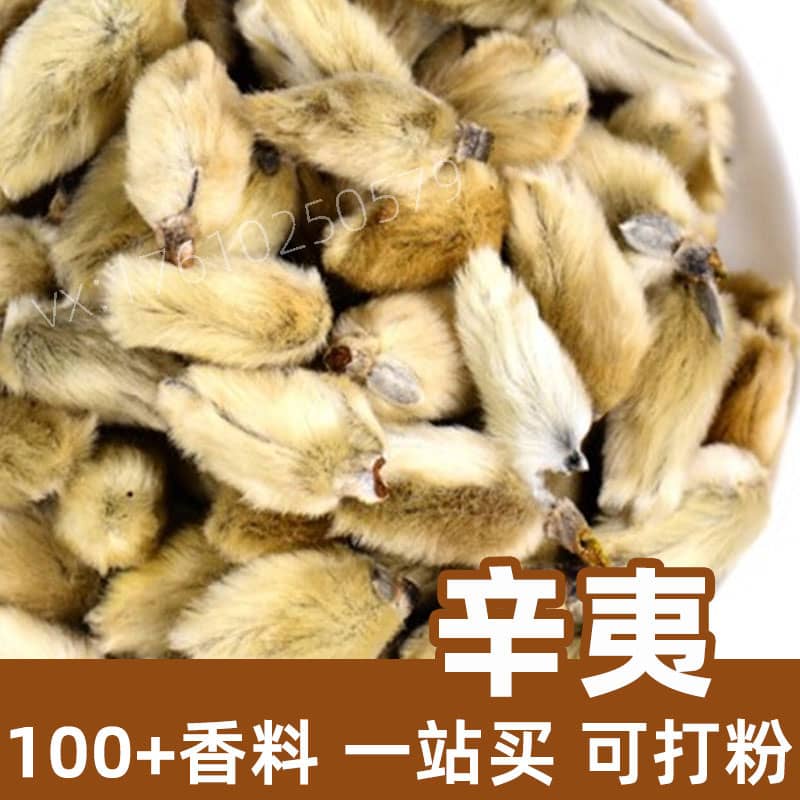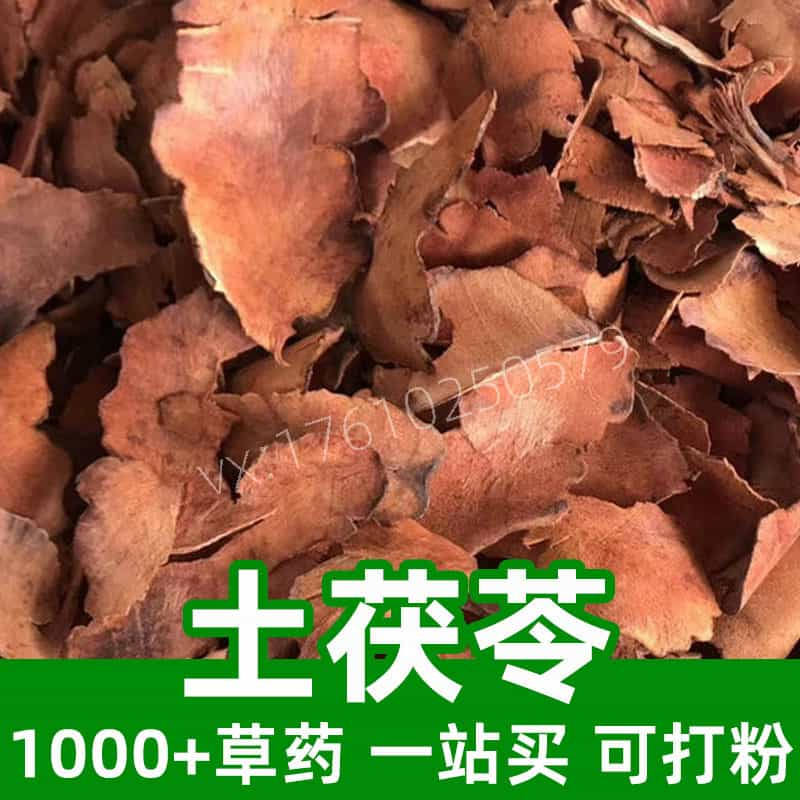Gymnema sylvestre Product Introduction
Gymnema sylvestre is a perennial climbing herb commonly found on hillsides, forest edges, and roadsides in subtropical and tropical regions. Its stems creep along the ground and have fine reddish-brown or brown roots. This plant contains several active ingredients, including alkaloids, polysaccharides, flavonoids, and essential oils, which contribute to its medicinal properties.
In traditional Chinese medicine, Gymnema sylvestre is utilized for its abilities to clear heat, detoxify, reduce swelling, relieve pain, and promote blood circulation. It is often used to treat eczema, boils, and mastitis. The plant can be consumed as a decoction or applied topically. Thanks to its natural medicinal properties and minimal side effects, it is widely popular in traditional herbal medicine.
Key Active Components of Gymnema sylvestre
The main active components of Gymnema sylvestre include:
- Alkaloids: Contains multiple alkaloids, such as tetrandrine and isotetrandrine, which have antibacterial, anti-inflammatory, and analgesic effects, helping to reduce pain and inflammation.
- Polysaccharides: Rich in polysaccharides that boost immune regulation and provide antioxidant benefits, aiding in enhanced immunity and resistance to external factors.
- Flavonoids: Packed with flavonoids like isoflavones and flavonols, which offer antioxidant, anti-inflammatory, and anti-allergic properties, supporting skin inflammation relief and reduced allergic reactions.
- Essential Oils: Contains volatile oils like alcohols, aldehydes, and ketones, which help clear heat, detoxify, relieve pain, and soothe itching, offering benefits for conditions like skin inflammation and eczema.
These components collectively endow Gymnema sylvestre with its medicinal value. According to traditional Chinese medicine principles, it is effective for clearing heat, detoxifying, reducing swelling, relieving pain, and promoting blood circulation, commonly used to address conditions like eczema, boils, and mastitis.
Application Scenarios and Dosage of Gymnema sylvestre
Gymnema sylvestre is widely used in traditional medicine and food sectors, with diverse applications and dosages:
In Traditional Medicine:
- Clearing Heat and Detoxifying: Treats heat-related conditions like dysuria, carbuncles, and eczema.
- Reducing Swelling and Relieving Pain: Alleviates pain and swelling caused by damp heat, such as in rheumatic arthritis and mastitis.
- Promoting Blood Circulation and Resolving Stasis: Improves circulation and aids tissue repair, often used for bruising or menstrual pain caused by blood stasis.
- Antibacterial and Anti-inflammatory: Effective against bacterial infections, treating skin infections and pharyngitis.
In Food Applications:
- Infused Tea: Dried Gymnema sylvestre can be steeped in hot water to create a detoxifying and diuretic herbal tea, suitable for individuals with heat or toxins.
- Soups and Porridge: Combined with other medicinal herbs or food ingredients, it enhances nutrition while offering detoxification and health benefits.
- Stewed Dishes: Used with meats or vegetables, it adds nutritional value and therapeutic effects.
Dosage Recommendations:
- For Tea: Use 3-5g of dried Gymnema sylvestre per serving, steeped in boiling water 1-2 times daily.
- For Soups and Porridge: Add an appropriate amount, typically once or twice a week.
- For Stews: Use 15-30g per serving, adjusting based on preference and need.
Note: Dosages should be tailored to individual needs and medical advice. Seek consultation if any discomfort arises.
Source Plant, Distribution, and Growth Environment
Source Plant:
Gymnema sylvestre, scientifically known as Gymnema sylvestre S. Moore, is a perennial herbaceous plant from the Menispermaceae family, native to China and commonly found in regions like the Yangtze River Basin.
Distribution:
Typically grows at altitudes of 200-1500 meters in mountainous areas, forest edges, valleys, and shaded, moist slopes.
Growth Environment:
Thrives in humid, semi-shaded environments, demonstrating adaptability to various soil conditions and colder climates.
Growth Characteristics:
A climbing plant with stems up to 2-4 meters long, heart-shaped leaves, and small greenish-white flowers that grow in clusters. Reproduces via seeds and stem nodes.
Harvesting, Processing, and Storage
Harvesting:
- Time: Aerial parts are harvested in late spring to early summer, while roots are collected in autumn.
- Method: Mature stems and leaves are cut carefully to avoid damaging growth points.
Processing:
Clean thoroughly to remove dirt, then air-dry or shade-dry to reduce moisture content. The material can be chopped or ground into powder for storage.
Storage:
Store in a dry, ventilated area, away from direct sunlight and moisture. Use sealed containers to prevent mold and pest damage.
Quality Indicators:
High-quality Gymnema sylvestre is greenish-yellow, robust, and free from pests or mold. Avoid exposure to odors or harmful substances during storage.
Usage Precautions:
Follow prescribed dosages and consult with healthcare professionals before use. Adjust or discontinue if adverse reactions occur.
Proper harvesting, processing, and storage ensure that Gymnema sylvestre maintains its medicinal quality and efficacy.
Monica Sun is a seasoned expert in the natural raw materials industry, with over a decade of experience specializing in traditional Chinese medicinal herbs, spices, and fungi. She is skilled in the sourcing, processing, and application of these materials, emphasizing sustainability and innovation. Monica Sun has contributed to the development of high-quality natural raw materials that serve as essential components in functional foods, pharmaceuticals, and cosmetics, delivering tailored solutions to meet diverse market needs.
















